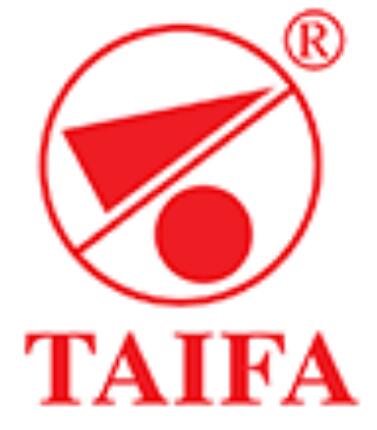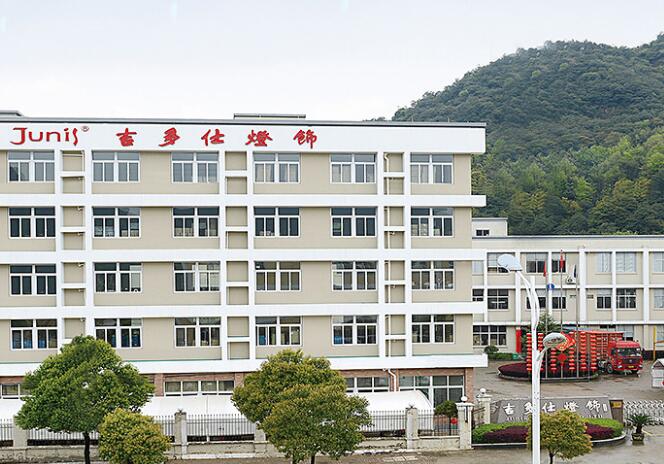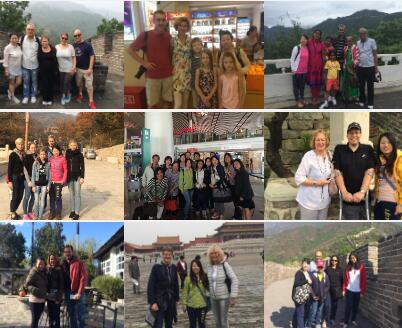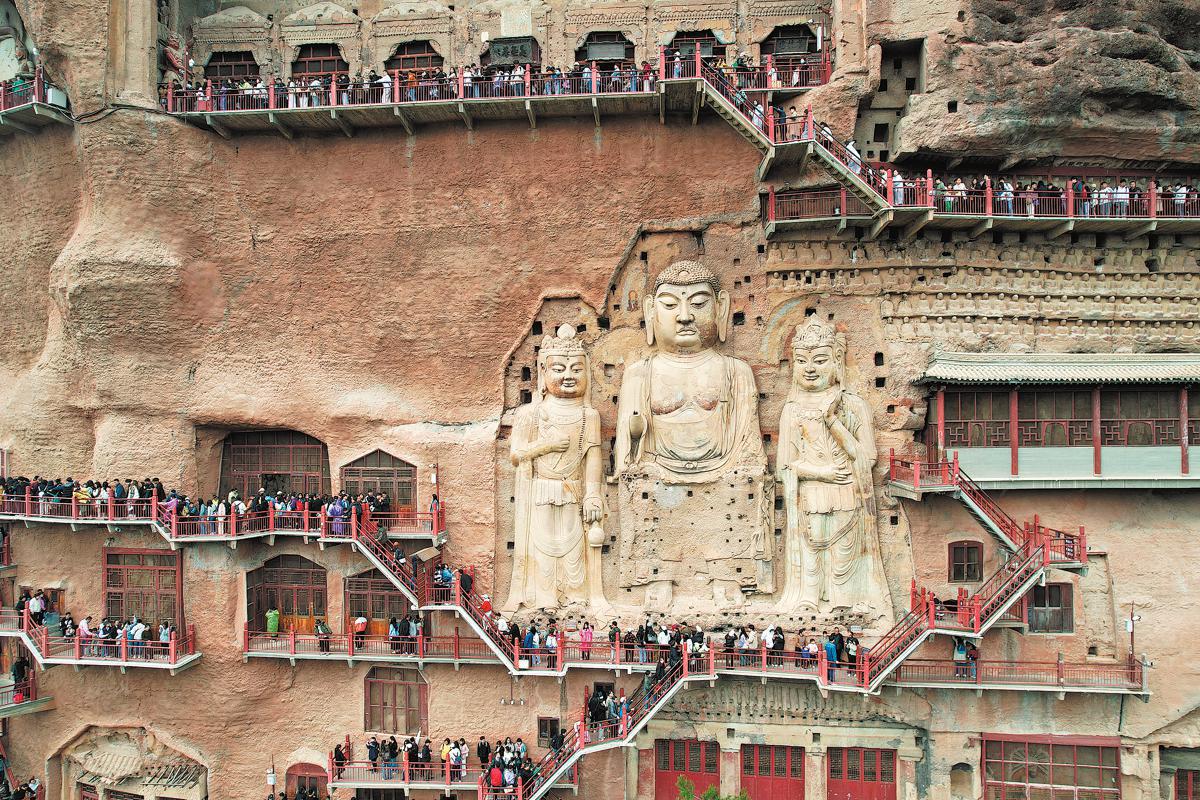
Tourists throng the Maijishan Grottoes on Friday in Tianshui, Gansu province. Over the three-day Qingming Festival holiday, Tianshui received around 946,500 tourist visits, generating a revenue of 540 million yuan ($74.65 million). Zhang Zhimin / Xinhua
The economic data related to the just-concluded three-day Qingming Festival, or Tomb Sweeping Day holiday, that ended on Saturday should offer policymakers some food for thought.
Chinese people made about 119 million trips at home during the holiday spending 53.95 billion yuan ($7.46 billion), according to the estimates of the Ministry of Culture and Tourism. The two figures rose 11.5 percent and 12.7 percent respectively from those of 2019, demonstrating the potential of the country's holiday economy.
Domestic local travel and peripheral travel orders in travel agencies increased by 2.11 and 3.5 times respectively year-on-year; the tradition of people returning to their hometown to worship ancestors gave a big boom to rural tourism, as rural tour orders increased by 2.39 times year-on-year.
It is worth mentioning that some cities, such as Kaifeng in Henan province and Tianshui in Gansu province, that gained tremendous attention on social media networking sites for their local tourist attractions or food shortly before the holiday have seen more tourists than before during the three days, indicating the benefits of favorable publicity.
Young people aged 18-25 accounted for more than 20 percent of the tourism market during the holiday. Their willingness to voice their personal feelings online and communicate provides a big boost for the holiday economy. The formation of a national 5G network and the convenience of mobile payment and on-the-spot sharing all promote that process.
Trains remain the most popular, economic and reliable transport choice for travelers. During the holiday, the number of passengers transported by railways reached 49.74 million, up 23 percent from 2019. The fast expansion of the high-speed railway system nationwide has laid a solid foundation for the holiday economy boom.
That the most popular cities during the holiday cover all major city clusters that the country has developed over recent years shows the positive influence of the country's regional development strategies and new type of urbanization on tourism and consumption.
Policymakers should continue to press ahead with the upgrading of the transport and telecommunication infrastructure, explore ways to promote better traveling and consumption experiences for tourists, and prioritize creating jobs for the young people, all of which have proved their indispensable value in the holiday as boosters of the economy.
Shall not be reproduced without permission:ZHLL.COM » Drivers of holiday economy have broader potential to tap

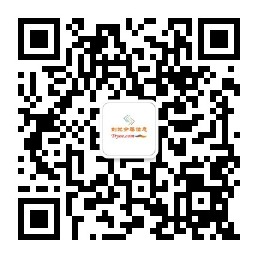 ZHLL.COM
ZHLL.COM
 China sanctions five
China sanctions five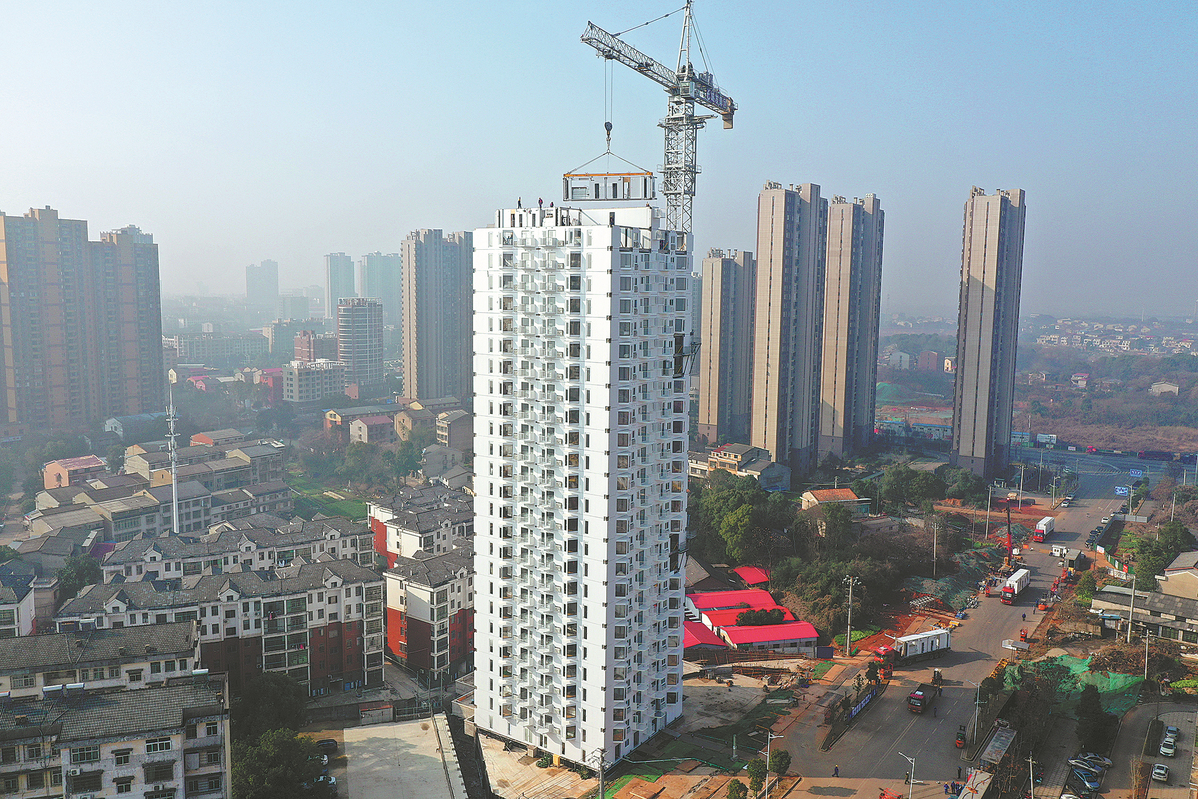 Chinese company erec
Chinese company erec Dongxing transits to
Dongxing transits to Visit to shape direc
Visit to shape direc ROK people flocking
ROK people flocking  WTO members should f
WTO members should f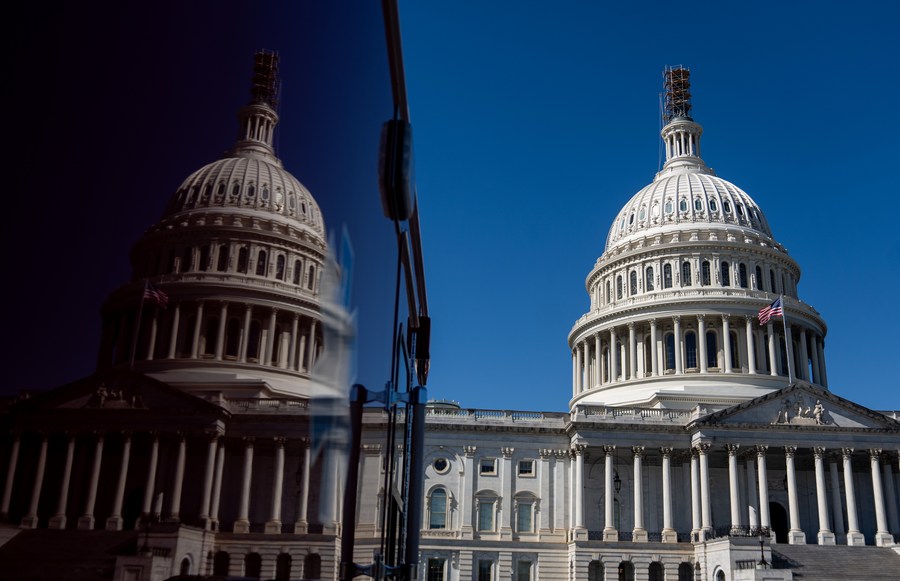 Lao-da US should act
Lao-da US should act Annual anti-graft bl
Annual anti-graft bl